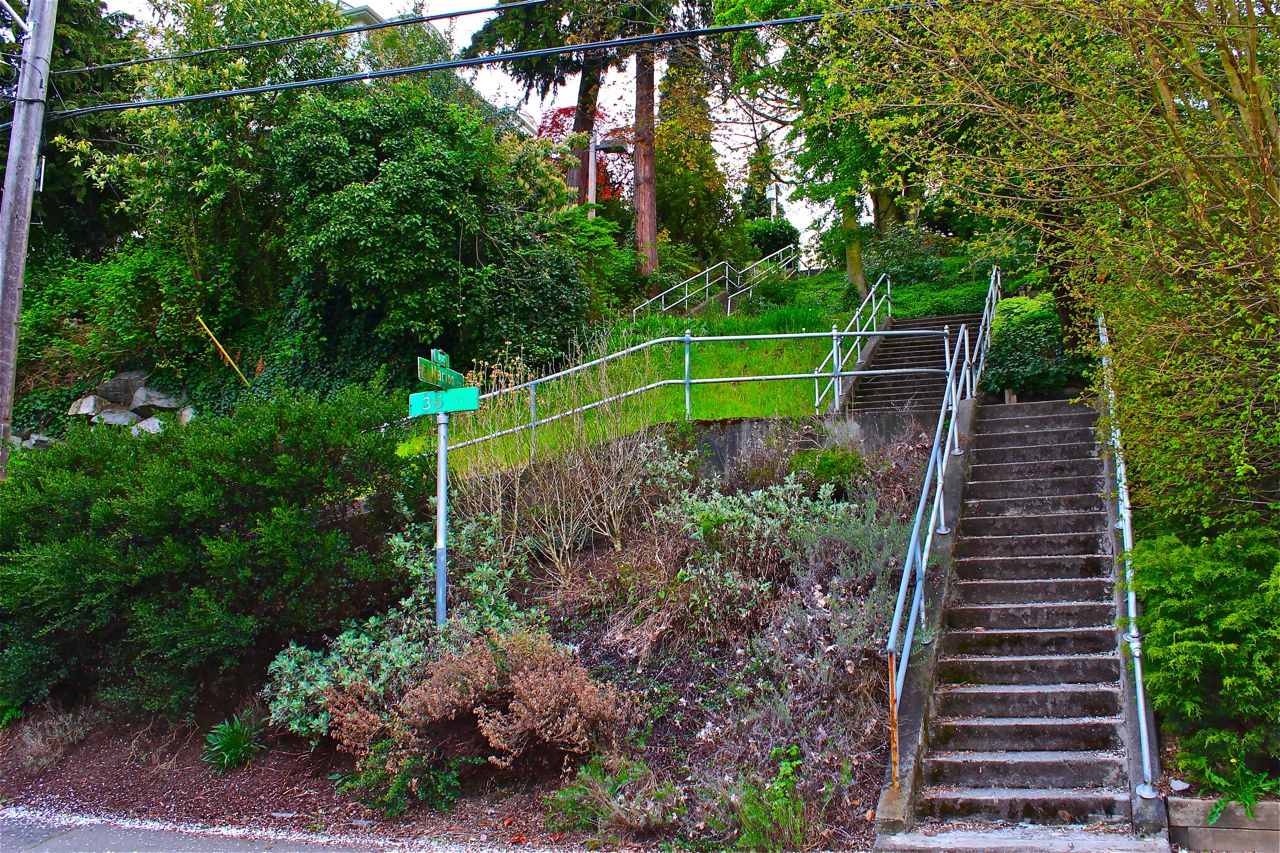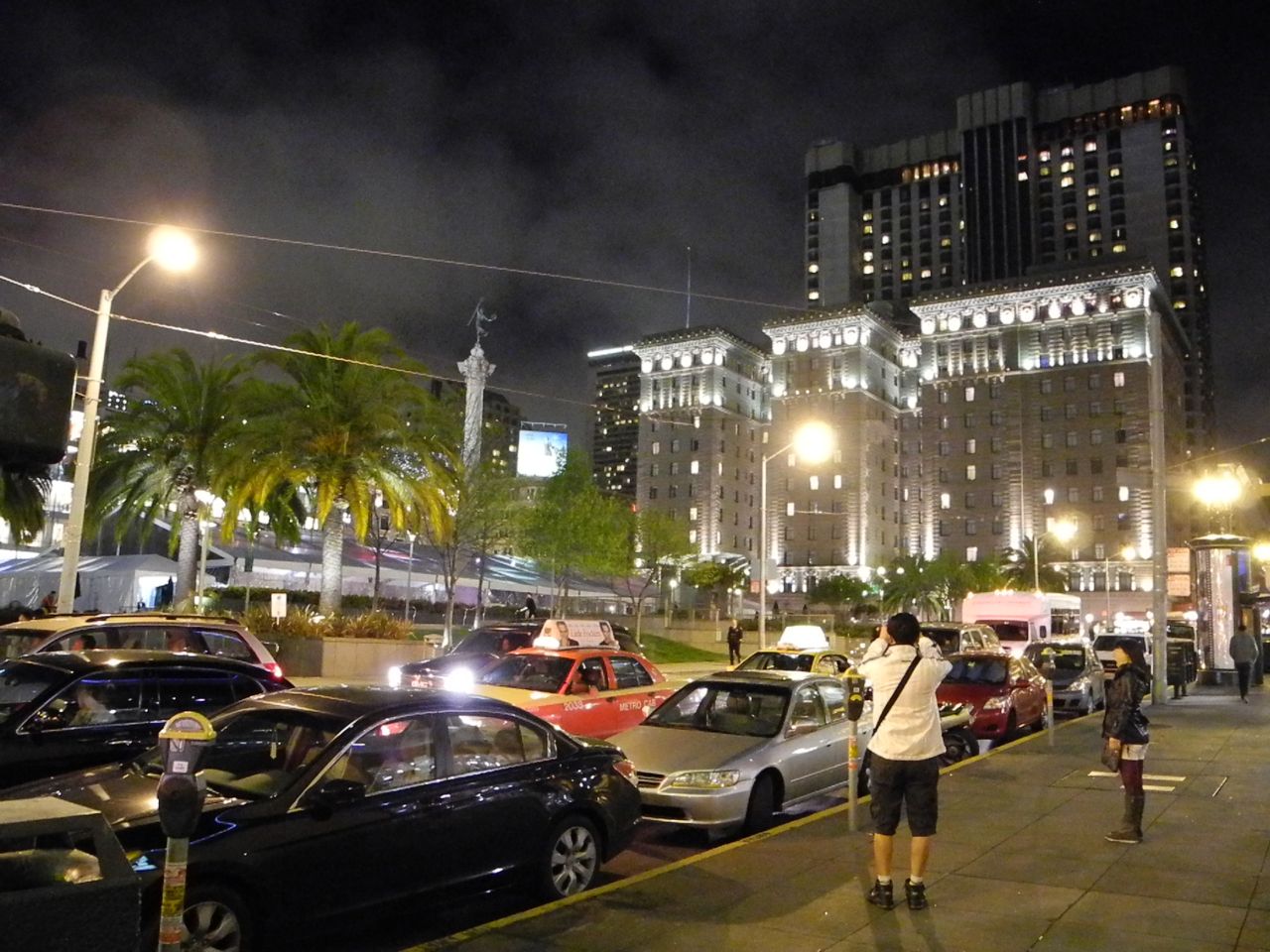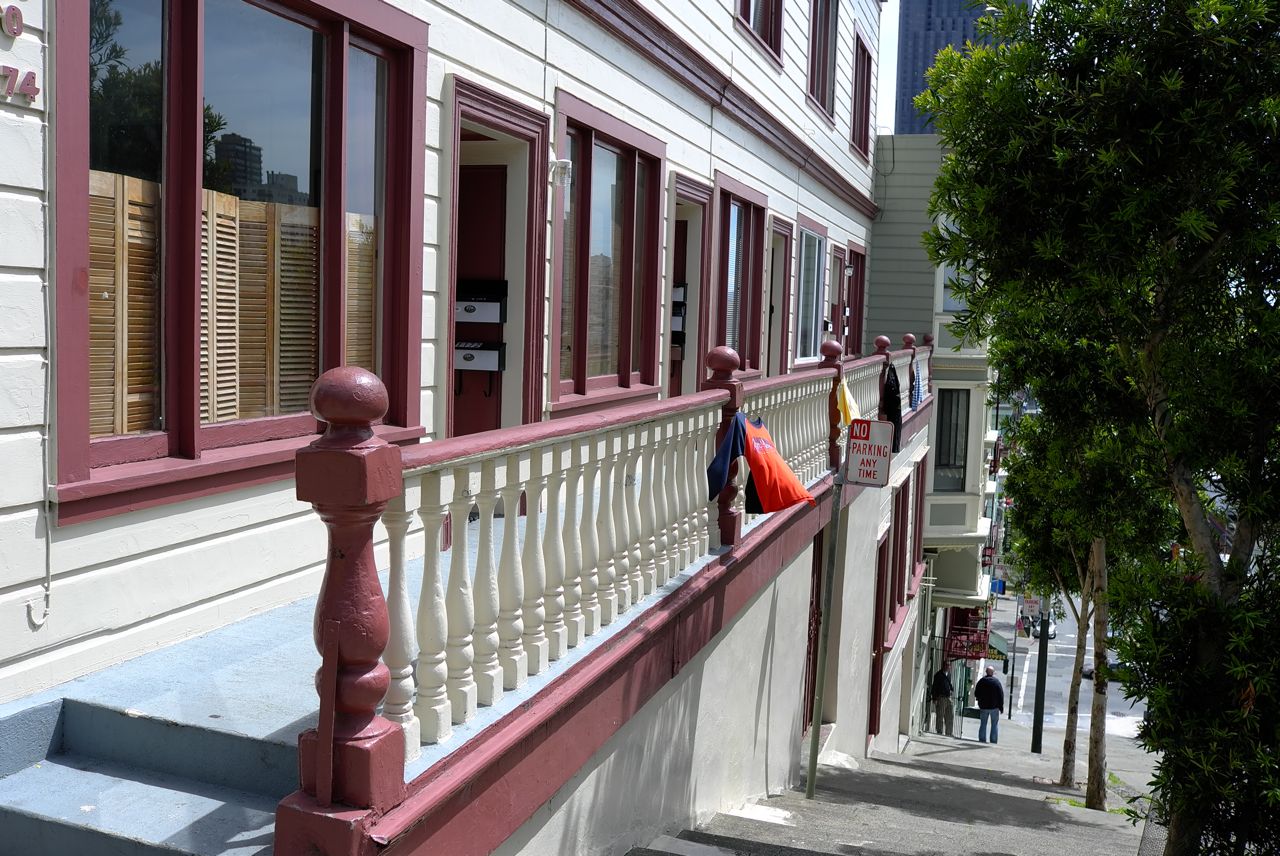

A prevalent theme in contemporary urbanist articles and blog posts addresses the enhanced experience of places in cities -- whether while walking, biking, or using public transportation. Kasey Klimes' recent, personal reflections on bicycles as keys to better cities is no exception, and centers on and celebrates this very key point of "experiential understanding."
The premise is simple: Cities are hubs of human interaction, and the urban experience can be enhanced by authentic participation in the dynamics of a place and transitions to nearby venues, including other neighborhoods, or, in certain instances, nearby towns.

With the advent of the Internet, this story is told with more than just words.
Websites celebrate the possibilities for narrow streets in Los Angeles, alleys in Seattle, walkability in Dallas, and the legacy of Jane Jacobs' urban spaces. in particular, small-scale. multimedia producers such as Streetfilms document and celebrate notable examples -- usually cities of inspiration from around the world.
Simultaneously, the growing art of urban exploration -- infiltrating and documenting cities in new, often controversial ways -- offers more "experiential understanding." However, as recently voiced with some skepticism by Bradley Garrett in Domus, citizen fascination and compilation of urban decay or hidden infrastructure should not be confused with more studied academic documentary efforts.
Rather than simply receive and review such messages (or debate their validity), why not document your own choice of how to live? Why not create your own urban diary?
A pen, keyboard or camera can lead to interaction with surroundings, and avoidance of -- no pun intended -- a one way street.

- On your next walk from where you live to a destination of choice, summarize the experience in one paragraph.
- Take five photos of your favorite neighborhood locations.
- Think about somewhere you wish was closer to where you live. Pick an ideal location, and write about, or photograph how you would travel from here to there.
- Videotape a walk, bike ride or roadside activity along a street.
- Using burst or continuous mode on a camera, photograph street life that you observe from a passenger window.
Do these suggestions sound like forced immersion, or an invasion into the public spaces around you?

Or, rather than merely watching someone else's video, might you further develop and understand your relationship to place, as well as other similar interactions which you observe?
Personal documentation of the journey from place to space -- crossing and intersecting the public and private realms -- may be the best way to understand where we live, the choices we make and those that are made for us.
Through such urban diaries, each of us can learn more about cities as they are and could be.
First of a periodic series about urban diaries and changing cities. All images composed by the author.
Cross-posted in myurbanist and Sustainable Cities Collective.
